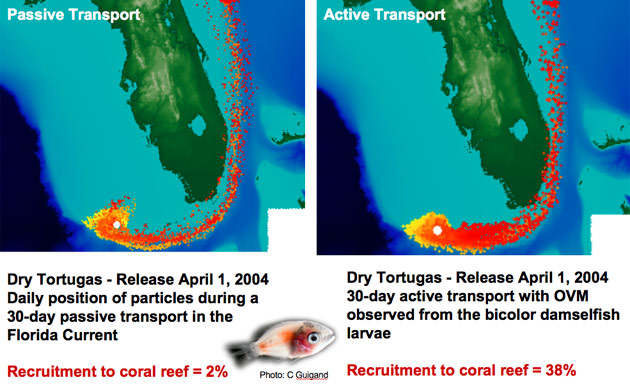- Accessibility Options:
- Skip to Content
- Skip to Search
- Skip to footer
- Office of Disability Services
- Request Assistance
- 305-284-2374
- Display:
- Default
- High Contrast
- Apply
- About UM
- Give to UM
-
Schools
- School of Architecture
- College of Arts and Sciences
- Miami Herbert Business School
- School of Communication
- School of Education and Human Development
- College of Engineering
- School of Law
- Rosenstiel School of Marine, Atmospheric, and Earth Science
- Miller School of Medicine
- Frost School of Music
- School of Nursing and Health Studies
- The Graduate School
- Division of Continuing and International Education
- Alumni
- Eddies in the Straits of Florida
- Tortugas Eddy
- High Resolution Currents
- Sea Level Changes Due to Hurricanes
- Fish Recruitment in the Florida Keys
- Animations
- NEAR REAL TIME FORECAST: Sea Surface Height and Surface Currents
- NEAR REAL TIME FORECAST: Sea Surface Temperarure
- NEAR REAL TIME FORECAST: Surface Temperature at 50m
- NEAR REAL TIME FORECAST: Surface Currents (day 0 - days 3)
- NEAR REAL TIME FORECAST: Surface Currents (day 4 - day 7)
- Eddies in the Straits of Florida
- Tortugas Eddy
- High Resolution Currents
- Sea Level Changes Due to Hurricanes
- Fish Recruitment in the Florida Keys
- Animations
- NEAR REAL TIME FORECAST: Sea Surface Height and Surface Currents
- NEAR REAL TIME FORECAST: Sea Surface Temperarure
- NEAR REAL TIME FORECAST: Surface Temperature at 50m
- NEAR REAL TIME FORECAST: Surface Currents (day 0 - days 3)
- NEAR REAL TIME FORECAST: Surface Currents (day 4 - day 7)




